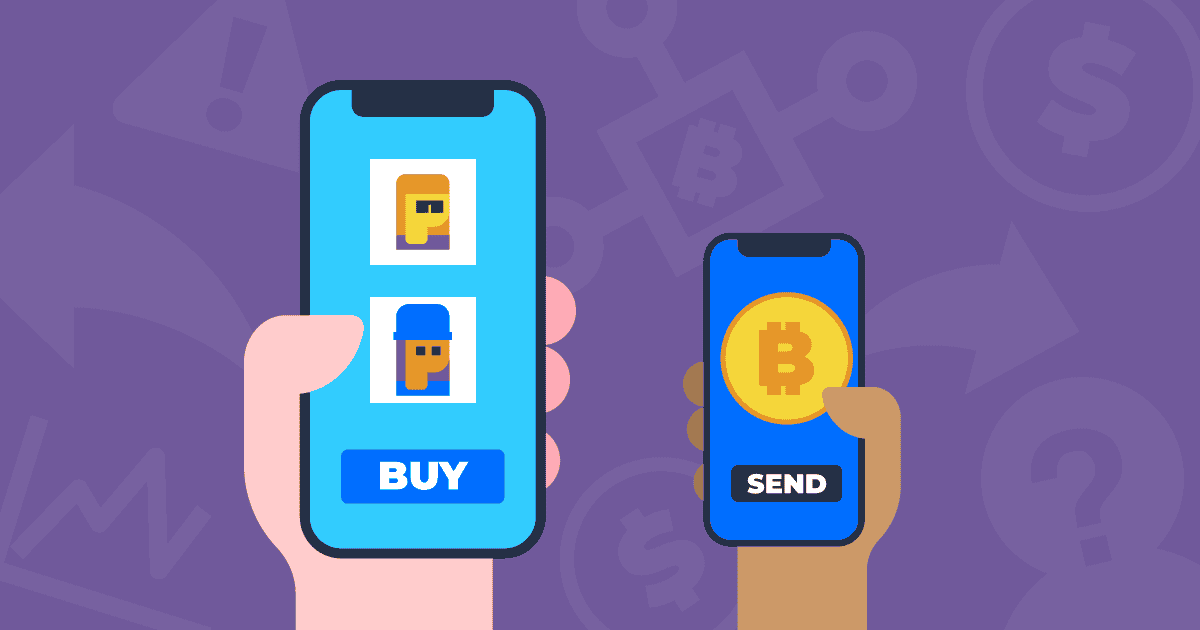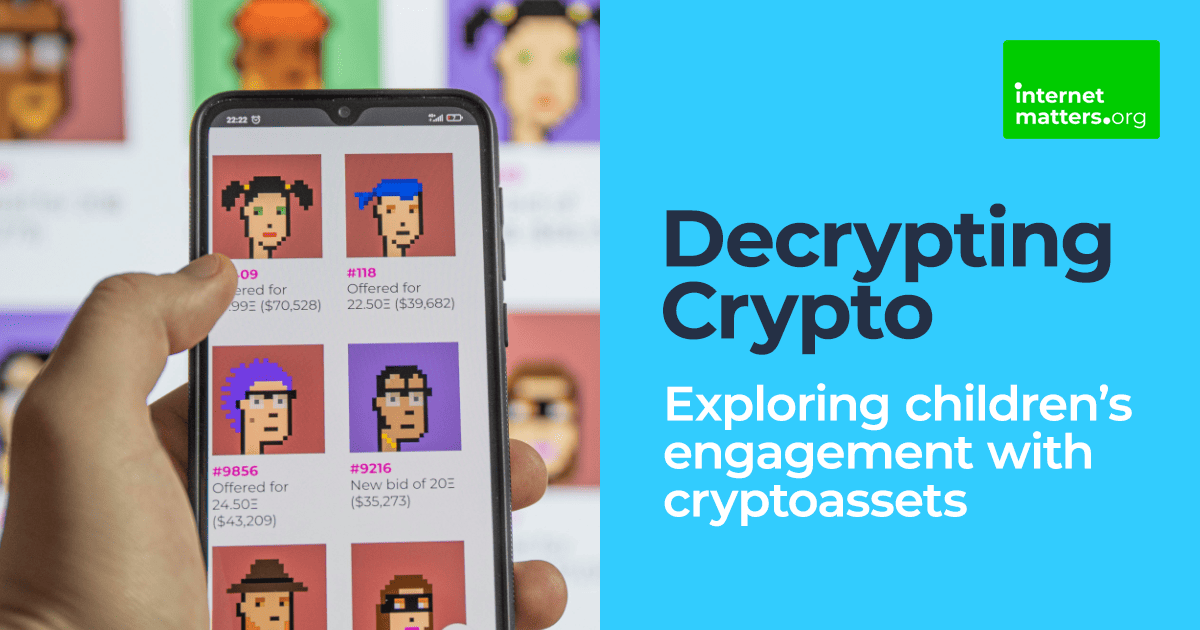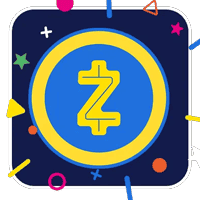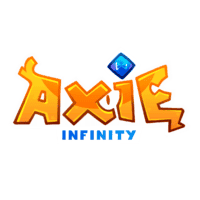What is cryptocurrency?
Cryptocurrency, or crypto, is a type of currency that only exists online. Blockchain technology keeps track and stores records of cryptocurrency (and NFTs). It is kept decentralised, which means there isn’t one authority or financial institution that controls crypto.
The idea of cryptocurrency works similar to the stock market. Different broker apps exist to help users invest in cryptocurrency of any kind. To start, users generally have to purchase cryptocurrency with real-world money using credit cards or other forms of payment.
Alternatively, users can mine for crypto. However, this also requires investment in the right mining hardware and software, as well as increased use of electricity. Regardless of how someone gets started, it isn’t generally cheap.
What are the popular cryptocurrencies?
Cryptocurrency first became really popular with Bitcoin in 2009. Since then, many other forms of cryptocurrency have been created. Below are some of the most popular.
- Bitcoin (BTC): 1 Bitcoin is worth thousands of pounds. This is the most widely used form of crypto.
- Ethereum (ETH)): 1 Ethereum is worth a little over £1000. Users believe that Ethereum will eventually overtake Bitcoin.
- Tether (USDT): 1 Tether is worth roughly £1. Its affordability makes it more accessible than other cryptocurrencies.
These are just 3, but there are thousands of other cryptocurrencies that young people might invest in online.
What is alternative cryptocurrency?
Altcoins, or ‘alternative coins’, are types of cryptocurrency apart from the more popular types. Generally, this refers to coins other than Bitcoin and, for some, Ethereum. Altcoins may be used in different ways than standard crypto coins. Some of these purposes may include:
- utility: to provide a certain service such as redeeming rewards. Unlike Bitcoin or other crypto, utility tokens are not as popular for exchanging or holding onto
- memes: inspired by an online joke or parody of other coins. A popular example is Dogecoin, inspired by the Doge meme
- governance: gives holders rights to vote on changes within the blockchain
Other uses, including payment like Bitcoin and Ethereum, also exist. However, it can sometimes be difficult to determine its use. Users also run a greater risk of scams or loss of interest.
Popular platforms like Discord, Reddit and Telegram see weekly launches of altcoins, which might encourage young people to invest early.
How do NFTs and cryptocurrency work together?
Both NFTs and cryptocurrency would be a part of the proposed Web3 and are a big part of the metaverse. Unlike cryptocurrency, users cannot exchange one NFT for another. However, users engaging with either might also use the other.
To purchase non-fungible tokens, a user must have a crypto wallet generally used for cryptocurrency. This is also where platforms store NFT keys as proof of ownership of an NFT collection. Just like an offline wallet, users keep their crypto wallets safe and private. While many NFTs are for sale with cryptocurrency only, there are often options for those who wish to purchase with local currency and credit cards.
Users might advertise the investment or sale of crypto and NFTs in social media settings. This method of marketing means these posts could come across anyone’s social feed, including children and teens.
So, it’s important to talk to your child about their online money management to help them make good financial choices.









